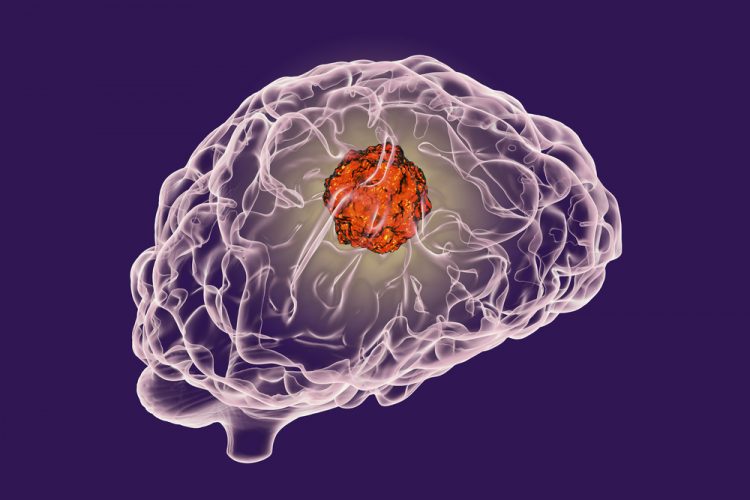Researchers treat diffuse intrinsic pontine glioma in mice
Posted: 17 August 2020 | Victoria Rees (Drug Target Review) | No comments yet
Researchers have treated diffuse intrinsic pontine glioma (DIPG), a fatal childhood brain cancer, in mice by targeting two metabolic pathways.


Researchers have identified a new drug target to combat diffuse intrinsic pontine glioma (DIPG), a fatal childhood brain cancer. They suggest that simultaneously targeting two energy-production pathways within the cancer cells could help overcome the effects of a cancer-causing mutation that is one of the hallmarks of DIPG.
The study was conducted at the University of Michigan (U-M), US, and showed that this strategy significantly lengthened survival times in two mouse models of the condition.
“DIPGs have a characteristic, epigenetic histone mutation – that is, a mutation in the spool that DNA wraps around and which can affect gene expression,” said the study’s senior author Dr Sriram Venneti, a neuropathologist and researcher at U-M. “It’s not clear exactly how this mutation causes cancer, but it is associated with poor outcomes, which implies these mutations are aggressively driving the biology of these tumours.”
The researchers found that this mutation specifically increases activity in H3K27M and IDH1, two metabolic pathways, in the cell and that these pathways also directly influence the epigenetic changes within the cell. This led the team to question whether they could use drugs to interrupt these energy production pathways within the cancer cells and at the same time modify the cells’ epigenome.
Using two mouse models of DIPG, the researchers found that inhibiting each of the H3K27M and IDH1 metabolic pathways individually provided a small increase in how long the mice survived, while targeting both pathways at the same time caused the mice to live much longer.
In one model used in the study, DIPG was always fatal. When two experimental compounds were given, however, 60 percent of the mice remained alive at the end of the experiment.
The team used one compound developed by the pharmaceutical company AbbVie and another made by Johns Hopkins University, US. Both are able to penetrate the blood-brain barrier.
The study was published in Cancer Cell.
Related topics
Drug Targets, Metabolomics, Oncology, Target molecule, Target Validation, Targets
Related conditions
Cancer, Diffuse intrinsic pontine glioma (DIPG)
Related organisations
AbbVie, Johns Hopkins University, University of Michigan (U-M)
Related people
Dr Sriram Venneti



